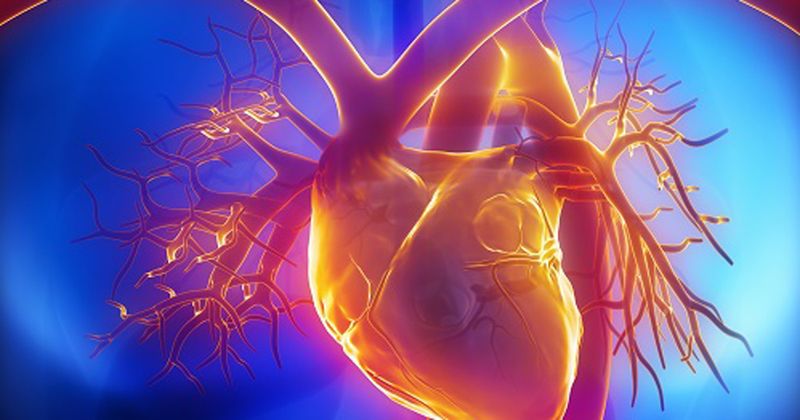Autoimmune blistering disorders associated with elevated cardiovascular risks, death
Key takeaways:
- Of the seven treatments evaluated, only one was a triple-combination therapy.
- Result showed the fixed-dose, triple-combination had the best number needed to treat rating vs. dual combinations.
Patients with autoimmune blistering disorders had elevated cardiovascular risks, including for atherosclerotic cardiovascular disease, heart failure, arrhythmia, venous thromboembolism and death, according to a study.
Autoimmune blistering disorders (ABDs) are rare skin diseases that cause blisters or erosions on the skin. Classified as pemphigus or pemphigoid based on location, ABDs can be triggered by underlying causes such as cancer or certain medications and are the result of autoantibodies targeting structural proteins, according to Kasper Bonnesen, MD, PhD, a postdoctoral researcher in the departments of clinical epidemiology and clinical medicine at Aarhus University in Denmark, and colleagues.

“Compared with the general population, patients with ABDs have a [fourfold] to 10-fold elevated all-cause mortality rate and a [threefold] to fivefold elevated cardiovascular mortality rate,” Bonnesen and colleagues wrote. “However, it is unknown which specific cardiovascular diseases that drive this elevated cardiovascular mortality.”
In their population-based cohort study, the researchers examined the risk for specific cardiovascular diseases and events including atherosclerotic cardiovascular disease (ASCVD), heart failure, arrhythmia, venous thromboembolism (VTE) and cardiovascular death among patients with ABD.
The 3,322 Danish patients (median age, 72 years; 62% women) diagnosed with ABD between 1996 and 2021 were compared with 33,195 matched controls from the general population.
Results showed that within 1 year, more patients in the ABD cohort than the general population cohort experienced ASCVD (3.4% vs. 1.6%), heart failure (1.9% vs. 0.7%), arrhythmia (3.8% vs. 1.3%), venous thromboembolism (1.9% vs. 0.3%) and cardiovascular death (3.3% vs. 0.9%).
After 10 years, a higher proportion of ABD patients continued to experience elevated risks for ASCVD (13.8% vs. 12.7%), heart failure (7.4% vs. 5.5%), VTE (4.7% vs. 2.7%) and cardiovascular death (13.4% vs. 9%) compared with controls; however, they did not experience higher rates of arrhythmia (12% vs. 12.2%).
Overall, there was a greater increased risk for all cardiovascular events for patients with ABDs vs. the general population, with adjusted hazard ratios of 1.24 (95% CI, 1.09-1.4) for ASCVD, 1.48 (95% CI, 1.24-1.77) for heart failure, 1.16 (95% CI, 1.02-1.32) for arrhythmia and 1.87 (95% CI, 1.5-2.34) for VTE. Further, patients with ABDs were more than twice as likely than the general population to die from a cardiovascular disease (aHR = 2.01; 95% CI, 1.76-2.29).
“Our study adds understanding of the elevated cardiovascular risk among patients with ABD, particularly within the first year of diagnosis,” the researchers wrote. “The American Academy of Dermatology guidelines recommend managing cardiovascular risk factors, such as diabetes, hypertension, smoking cessation and weight loss, in patients with psoriasis. Similar recommendations may be considered for patients with ABDs at the time of diagnosis.”
